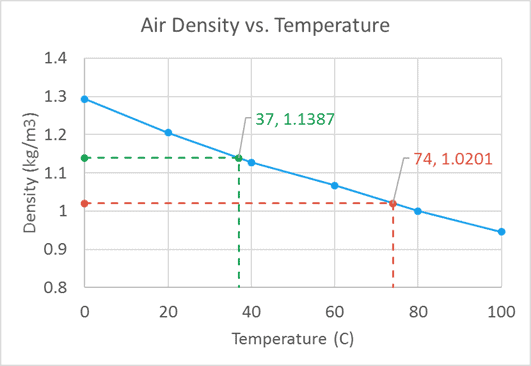runforitmarty
New Member
- Joined
- Feb 12, 2020
- Messages
- 2
- Office Version
- 2016
- Platform
- Windows
So I have a Bell Curve built with Excel 2016 that uses Bin values based on the average and standard deviation coupled with a Histogram. The graph works fine no problems at all.
However, I would like to put the original data points (with labels) that developed the average/standard deviation on the graph just as an FYI, but not impacting the graph itself.
Can this be done? If so can somebody explain it to me?
However, I would like to put the original data points (with labels) that developed the average/standard deviation on the graph just as an FYI, but not impacting the graph itself.
Can this be done? If so can somebody explain it to me?






